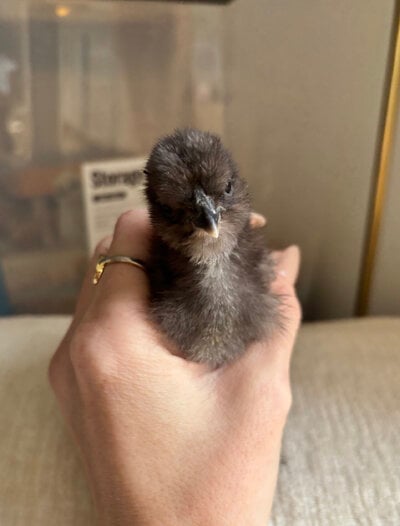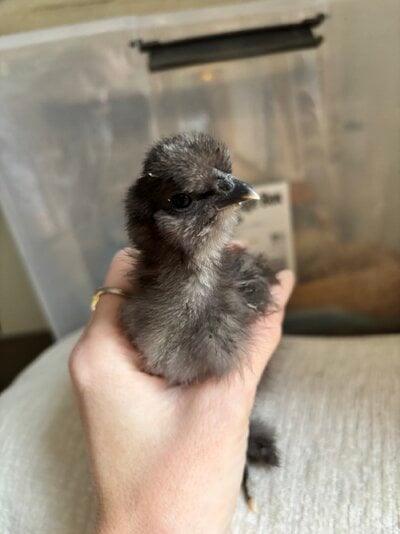- Thread starter
- #11
silkiemama002
Songster
Thanks so much for the reply! I have been doing a lot of research and I just really loved the week by week journeys I saw others post. It's great to have these resources, despite how inaccurate they may be... it's really fun to guess and of course hear people's opinions!Silkies are particularly difficult when trying to distinguish gender for several reasons, so it usually takes much longer with them. The reasons include the dark skin color. On regular chicks, you can detect early reddening of the comb as a sign of a male, but this is impossible with Silkies. Bearded Silkies won't show much or any wattle growth, so you cannot use that as a guide. Another reason is that it is very difficult to detect male specific feathering on Silkie plumage.
All of that said, there are only two reliable ways to determine gender early. One is vent sexing, which should be left to professionals as it is very, very easy to harm or kill the chicks if it's tried at home. The other way is to send in fluff samples to a lab, which can accurately determine gender for a fee. For people who really, really need to know, this is what I recommend.
Otherwise, you just have to wait and keep your eyes on the combs. Males will generally get some height to their combs by 8 weeks, and their combs are usually wider. Females will have flat combs until much later, and they are generally narrower.
I personally don't put any stock in feather sexing. It can work if it is specifically and scientifically bred for, as in Amberlinks, but otherwise it is of no use as far as I'm concerned. So basically you either pay or learn to be very patient.
I have read about vent sexing and yeah would never attempt, while it's nice to know, it's kinda selfish to risk harming them for something so trivial!
About to post week three!
































